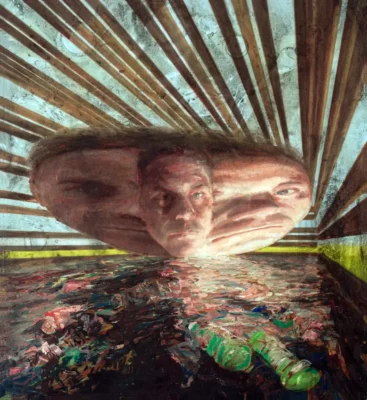
Olja på duk
120 x 110 cm
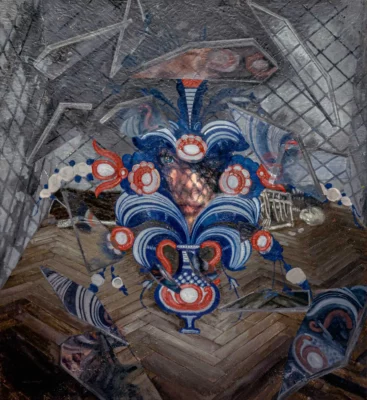
Olja på duk
120 110 cm
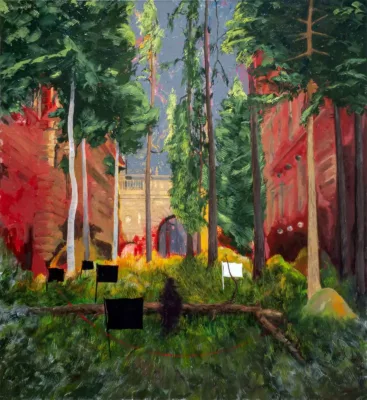
Olja på duk
120 110 cm
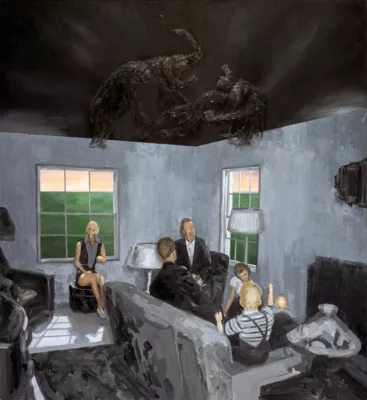
Olja på duk
120 110 cm
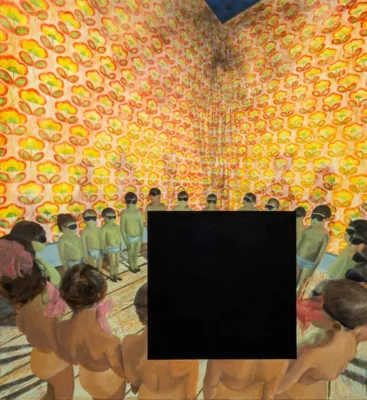
Mixed media på duk
120 110 cm
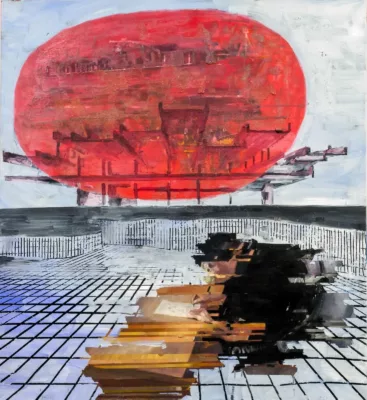
Olja på duk
120 x 110 cm

Mixed media på duk
190 x 620 cm
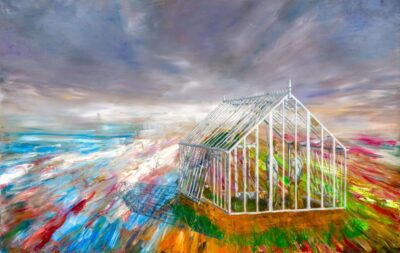
Olja på duk
120 x 190 cm
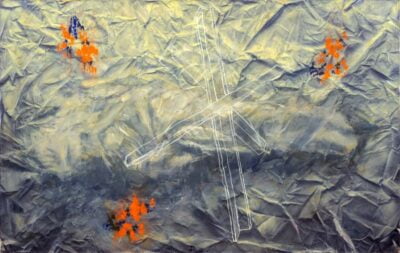
Oljeduk
120 x 190 cm
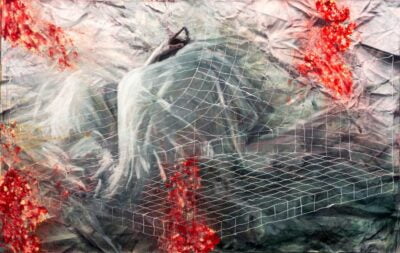
Olja på duk
120 x 190 cm
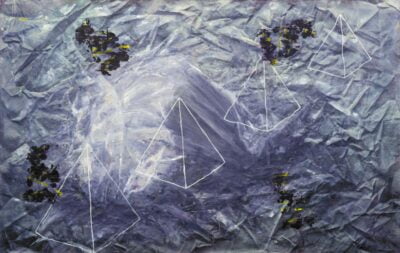
Olja på duk
120 x 190 cm
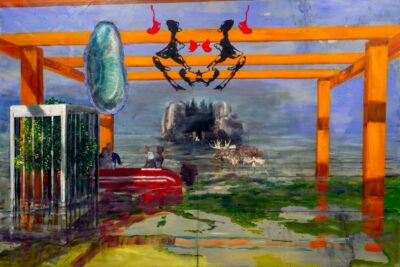
Olja på duk
200 x 300 cm
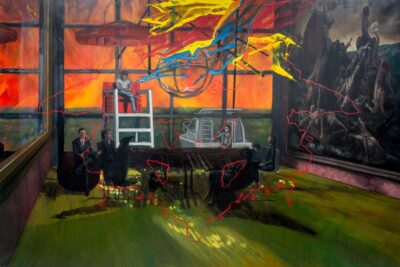
Olja på duk
200 x 300 cm
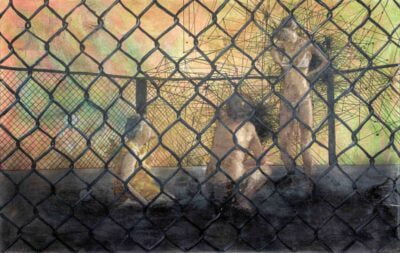
Olja på duk
120 x 190 cm
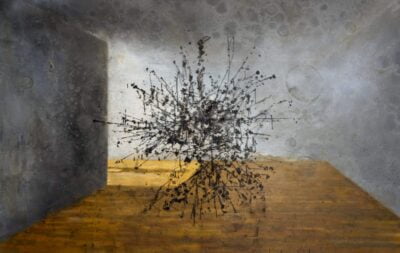
Olja på duk
120 x 190 cm
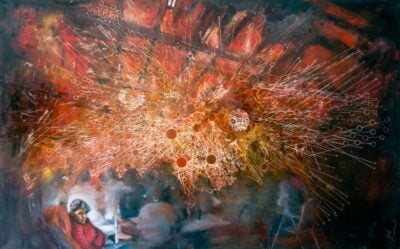
Olja på duk
120 x 190 cm
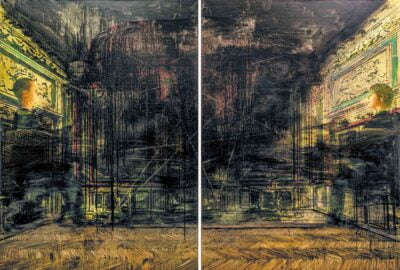
Olja på duk
Diptyk
Varje panel: 190 x 140 cm
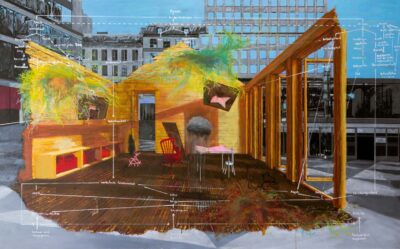
Akryl på duk
85 x 137 cm
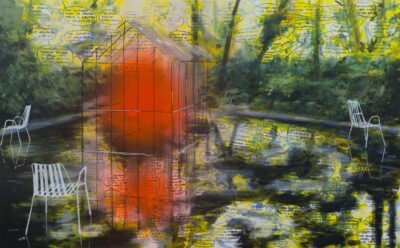
Akryl på duk
87 x 137 cm
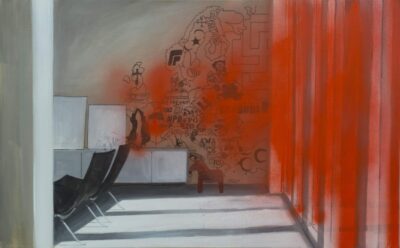
Akryl på duk
87 x 137 cm